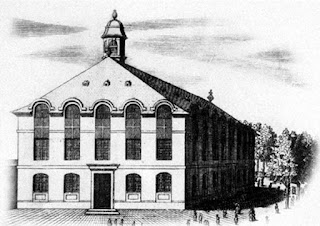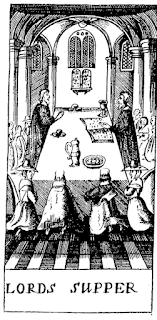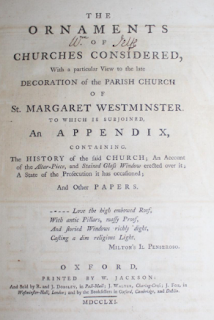'We do not cry down and destroy all the Reformed Churches abroad': Overall's influence on Cosin's view of on non-episcopal orders

Following on from yesterday's post , there are three relevant episodes noted in the introductions by George Ornsby (b. 1809, received orders 1841) to the two volumes of Cosin's correspondence (published in 1869 and 1872). All three episodes suggest the significance of the influence of Bishop Overall (consecrated to the episcopate 1614, Bishop of Norwich 1618-19) on Cosin's understanding of French Reformed orders. After taking orders, Cosin had been appointed Overall's secretary. The influence upon Cosin of Overall's acceptance of Continental Protestant non-episcopal orders is explicit: With regard to their [i.e. French Reformed] Orders, he would seem to have accepted the judgment of his "lord and master Overall " (as he delighted to term him), who "was wont to say, 'Though we are not to lessen the jus divinum of Episcopacy, where it is established, and may be had, yet we must take heed that we do not, for want of Episcopacy, where it cannot be h...












